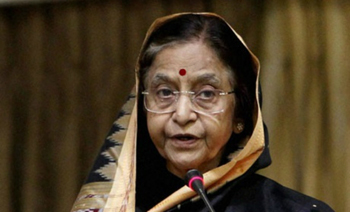
New Delhi, Jan 14: Notwithstanding a huge controversy over expenditure on her foreign travels, the then President Pratibha Patil ran up a bill of Rs 18.08 crore on her last trip abroad shortly before demitting office, according to official information accessed through RTI.
The chartering of the Air India Boeing 747-400 jumbo for her two-nation trip to South Africa and Seychelles from April 29 to May 8 last year alone cost Rs 16.38 crore, the airline said in an RTI reply.
In addition, an expenditure of Rs 1.46 crore was incurred in Pretoria -- the South African capital. Of this, Rs 71.82 lakh was spent on local stay, 52.33 lakh on transportation and 22.12 lakh on miscellaneous expenditure.
In Durban, an expenditure of Rs 23.55 lakh was incurred. Of this hotel stay alone cost nearly 18 lakh and transportation was Rs 5.27 lakh. The details about the lodging and other expenditures in South Africa were provided by the Indian Missions in Pretoria and Durban under RTI.
A huge controversy broke out last year when it was revealed that Patil had incurred an expenditure of Rs 205 crore on her 12 foreign trips covering 22 countries across four continents during her five-year term which ended on July 25 last year.
These figures were provided before she undertook the last visit to South Africa and Seychelles. The Rashtrapati Bhavan had then defended these visits terming them "necessary" to deepen bilateral cooperation. The visits were undertaken after careful appraisal and recommendation by the Prime Minister's Office and the Ministry of External Affairs.






Comments
Add new comment